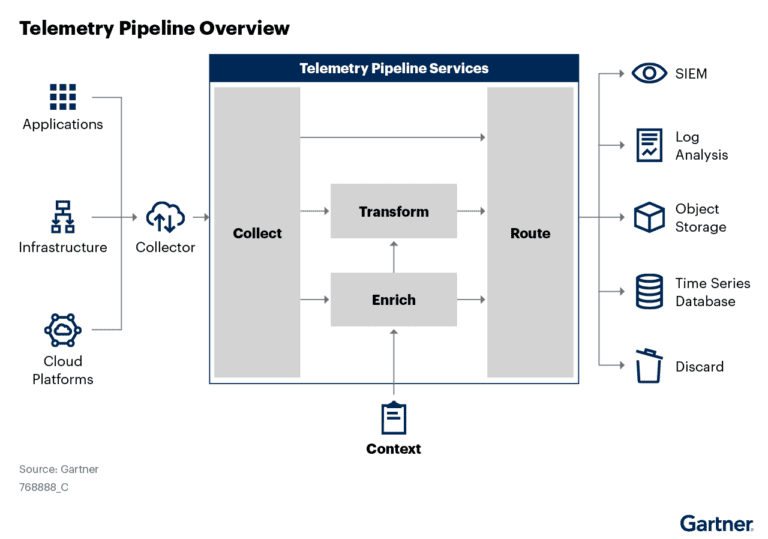If You’re Not Monitoring, You Probably Should Be
On most well-built websites — yours, hopefully, included — traffic will increase over time. It would logically follow, then, that monitoring your website’s performance is paramount — and only grows in importance the longer you’re in business. When you factor in the matter of customer experience, which is directly related to your website’s overall performance, the picture becomes even clearer: monitor now, or wish you had.
A common term associated with website performance is uptime, or the periods during which your site is running and available. In some cases, an internal monitoring system is used to monitor and track the infrastructural components of a website. It can also help to rectify any issues related to these components and keep the system going. But if problems arise outside of that boundary, an internal system will not be able to detect them.
24×7 Synthetic Monitoring
Here, an external performance monitoring system plays an important role. A synthetic website monitoring service is the best external monitoring solution available in the market. A synthetic performance monitoring tool hits your website or web application with simulated user traffic on a regular, iterative basis (the best using real browsers) to help you measure and ensure quality end user experiences. Simulated traffic follow custom scripts (or checks) that mimic the same steps an actual user would take on your site.
Synthetic monitoring is the most efficient way to ensure that your website is up and running, 24×7. A complete synthetic monitoring system provides crucial information in a wide range of areas, such as infrastructure elements, object data, applications, load balancers, usability, and more.
In general, synthetic monitoring is performed by low-level and lightweight agents. But now the agents can cover full web browsers — checking CSS, JavaScript, Ajax and other relevant components of the web application as needed.
A Synthetic Monitoring Service can Effectively Measure System Uptime by Investigating the Following Areas:
- Third-party objects used in the system
- Performance at the object level
- Performance at the script level
- Usability and user interface issues
- Load balancer issues
- CDN issues
- External name resolution-related issues
- Latency-related issues
Monitoring transaction paths (logging in, purchasing a product, searching for a flight, etc.) is one of the most critical capabilities of a synthetic monitoring tool, because it allows you to establish, monitor and continually improve positive customer experiences for your actual end users. A transaction path can be anything from a single page login to a multi-page checkout process, but is completely customizable.
Synthetic performance monitoring not only allows you to view specific performance data, but also detects external issues that may be impacting performance, such as network latency and bandwidth or browser issues.
Apica WebPerformance
Apica WebPerformance plays an important role in the synthetic performance monitoring arena. Apica’s Web Performance portal allows you to create, view, modify, and analyze checks for a website or web application. Monitor a website, cloud, mobile application, API, CDN and more from nearly anywhere in the world using real browsers. Analyze results in the in-depth Reporting dashboard and easily share with co-workers and other interested parties.
Apica WebPerformance measures response times, SLA levels, and provides a summary snapshot of performance for LATimes.com over a 2 day period.



